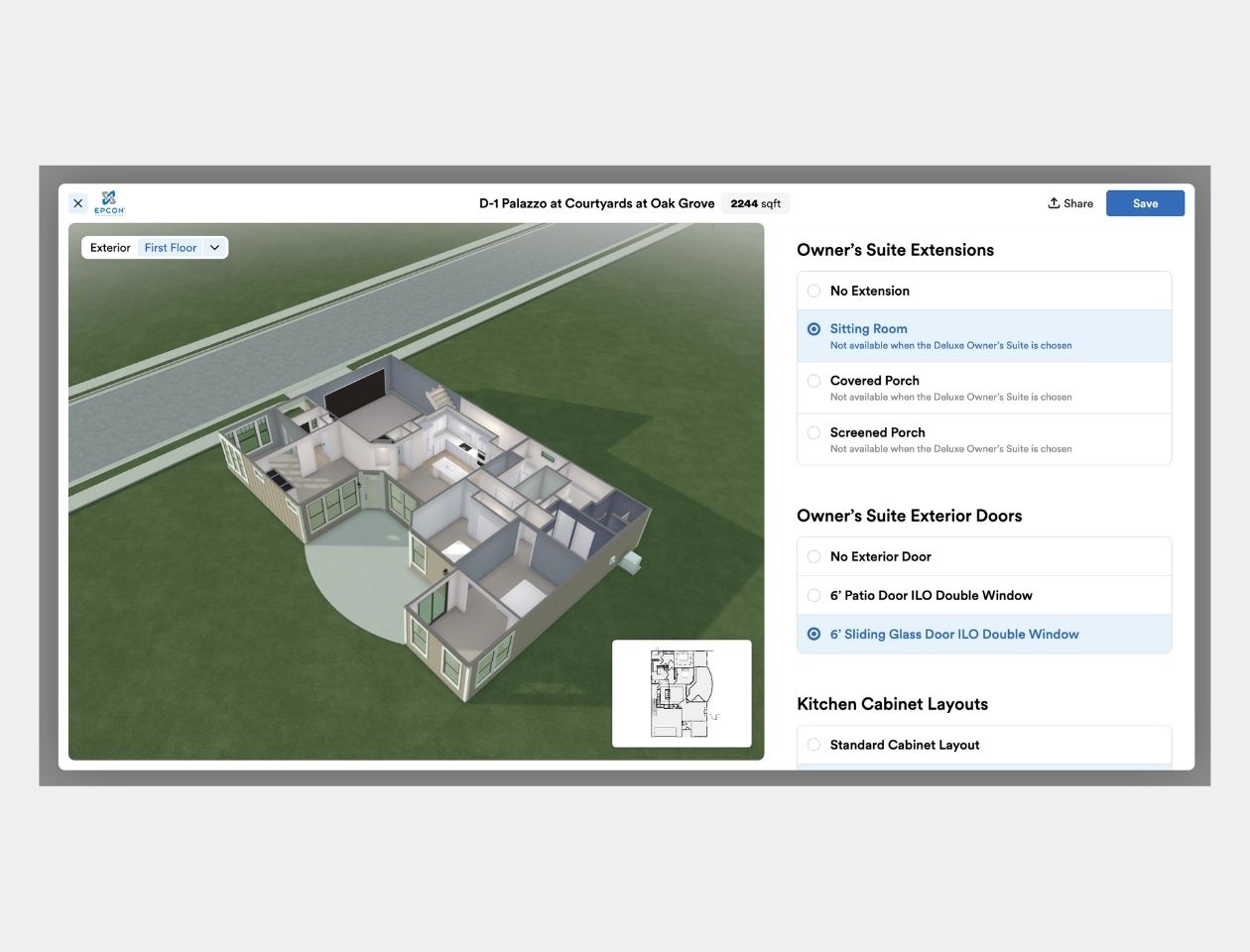As a homebuilder, have you ever asked yourself, “How did I get here?” How did that young, energetic, creative, and artistic person end up here, buried in a pile of plans, personnel files, and about a dozen different spreadsheets that literally control your days? In a world where information flows seamlessly and is available to everyone with the click of a button, how can homebuilding still be centered on the same processes and tools that we first learned 20 years ago?
When I was the leader of a team at a national homebuilding company, I found that every day was focused on managing the complexity of the business. Everyone did things just a little differently. We were a “production” company, yet no two houses were ever truly alike. There were unique systems and processes for each department — none of which talk to each other. The amount of information that was needed to execute under this model was overwhelming. Leadership came together and decided that we needed to be more aligned. If we were all building the same, we could buy, train, sell, and execute better. We needed to create house plans that could be used across the business to meet customer demands, address all construction variations, and be cost effective.
We took on this challenge with an incredible amount of spirit. We had the support from above, a healthy budget, and a GREAT team of people in place. I had been here before, but this time we could make it work. We passionately discussed every minute detail of every plan and decision to be made. We brought in experts, we did research, we focused on the customer. We went to the field teams, we asked the trade partners. We captured a huge amount of data. The house plans would accommodate everyone’s needs and wants, would be clean, and allow our teams to build the SAME house throughout our area. After thousands of hours, we delivered the plans containing the strategy to build the same house for hundreds of different customers in multiple areas and encompassing all known needs. And it was a massive … failure.
What just happened? I could see it in the faces of my team. We had poured our hearts and souls into this project — why were people talking about so many “issues” with the plans? On top of it all, it was hard not to take it personally as the leader of the effort. But we needed to know what we had done wrong. After multiple meetings with the field teams to try and understand, I walked into a conference room with two people, and a pile of about 2,000 sheets of paper that represented just five plans. Boom. It hit me like a ton of bricks. The problem wasn’t our work, it’s the broken business model as a whole.
Every sales agent in the country wants to give all of their customers choices. Every construction manager has preferences based on their experience. Every estimator and purchasing agent all have different priorities based on their past, their location, and their circumstances. While it’s easy to understand that an automaker can build the same car for the entire nation, we need to also see that the technologies and processes behind the production of that car are incredibly refined and maintained. As the invention of the production line disrupted the automobile industry and changed it forever, homebuilding is in need of this level of innovation. We have yet to find the balance between buyer customization, construction needs, and efficiency.
What would your team say? The amount of information that our people are being asked to maintain is staggering. The example below illustrates a typical option scenario and the complexity it brings.

The scenario above is very typical. On the surface, a seemingly simple approach to product for a homebuilding company. A few basic options spread across plans and elevations. But, as you can see, what’s actually happening is we’re asking our teams to come up with a way to manage tens of thousands of potential scenarios. The direct effect on architecture, estimating, and purchasing is obvious. We must also consider that sales agents and field managers are tasked with understanding exactly which of these combinations to sell and build. Every trade partner and vendor is impacted.
As an operator, what does this mean for the bottom line? Do you feel confident that your team understands the true cost of every scenario? Do you think vendors are building in costs to deal with the complexity? What is your variance rate? Do you have takeoffs for all of these scenarios? We spend thousands of dollars trying to value-engineer our plans, but have we ever looked at value-engineering our core business?
I firmly believe there is a simpler way. Other industries are lightyears ahead of homebuilding in the management of complex interactions and operations. “Artificial intelligence” and “generative design” are just two of the concepts used elsewhere that have never been implemented in homebuilding.
So, as we face a long-overdue disruption in the homebuilding industry, the challenge is really to us all: What is the actual problem we need to solve? Is there a better way to manage tens of thousands of options? Or is it that there is no need to manage options at all? What if we could negotiate and buy a bathtub or a bundle of shingles, and that effort could be applied — through technology — to millions of potential designs? What would the modern-day customer do if they were truly given the ability to take a lead role in designing their own home using expert guidance and guardrails rather than a static plan and set of options? These are the questions that led me to finding a role at Higharc, the technology company that’s changing the way new homes are designed and built.
The sooner we move away from “fixing” what we do today and start to challenge our own limits on what’s possible, the sooner we can start to deliver real value to our customers, and real change to the industry. Imagine if we didn’t need to manage options at all. Imagine a platform behind the scenes, managing all this information for us. Imagine if we had the time to focus on details, quality, and the beauty of creating a home. After all, isn’t that what we set out to do?
See higharc in action
Discover how Higharc can empower your team to conquer change, modernize your buyer experience, and decrease cycle times.
Book a demo



.png)




.png)



.jpg)








%20(1260%20x%20960%20px).jpg)
%20(1260%20x%20960%20px).jpg)

.jpg)

.jpg)


















